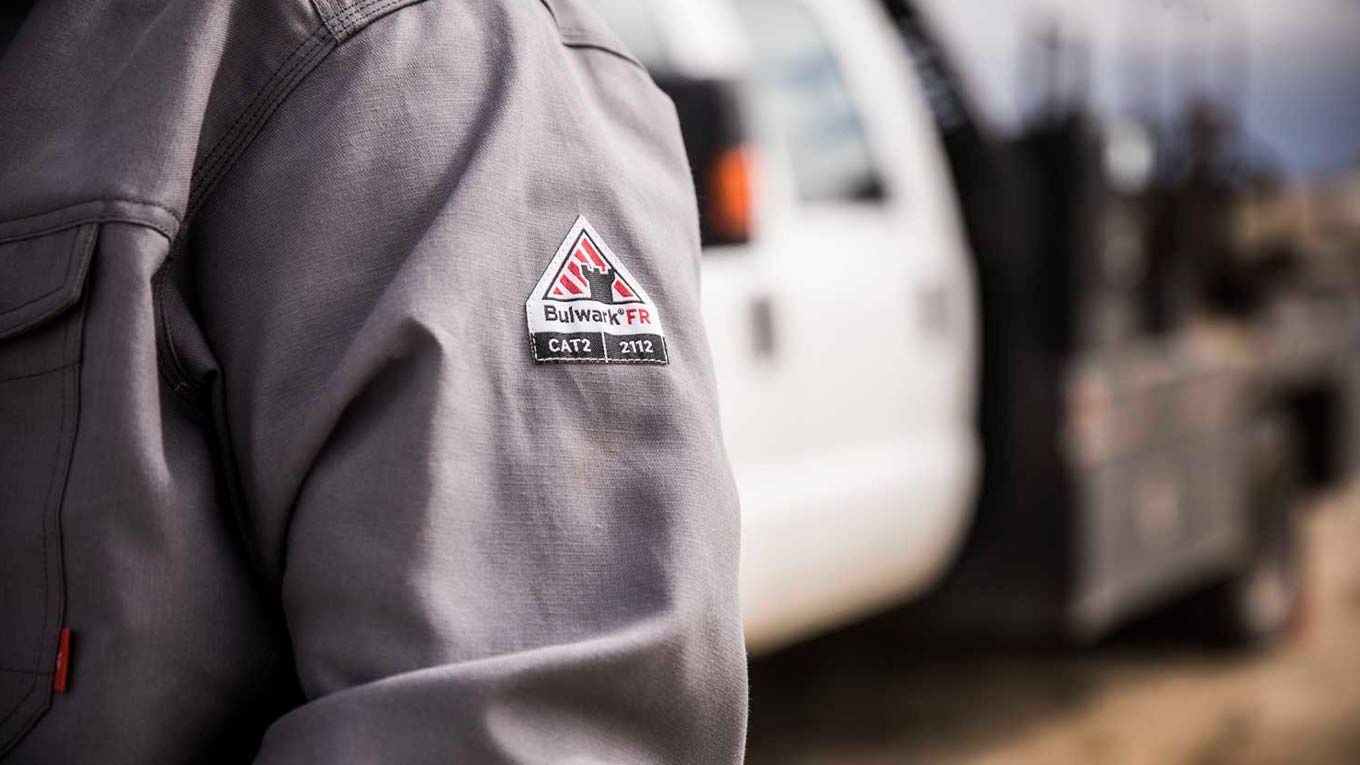How do you calculate the total Arc Rating of your FR garments when wearing

You know you need to be wearing FR. And you know your FR clothing has to meet—or better yet, exceed—your required ATPV. A layered FR system is one great way to ensure you’re protected and keep you comfortable.
But FR layering can get tricky. It’s not as simple as adding up the arc ratings of each layer. For instance, the Bulwark Long Sleeve FR Two-Tone Base Layer- EXCEL FR® on its own carries an ATPV of 6.4 calories/cm². And the Deluxe Coverall – CoolTouch® 2 – 7 oz. carries an ATPV of 9.0 calories/cm² (KH). However, when combined as a layered FR system, the two garments have a layered arc rating of 21 calories/cm2 and a layered CAT rating of 2. As you can see, that’s significantly higher than the total ATPV if you simply combined the two garments’ arc ratings. This is the result of a number of factors, one of which is the additional layer of air between the layers that creates added insulation.
That brings us to another crucial aspect of FR layering, and one that causes a lot of confusion among safety professionals. Do the standards permit you to layer non-FR undergarments beneath your FR garments?
The answer, in short, is yes, if it is beneath the outer FR layer:
According to NFPA® 70E section 130.7 (C) (12) (a), non-melting flammable garments (i.e., non-FR) are permitted to be worn under FR garments for added protection.
In fact, as we demonstrated above, putting an extra layer of fabric between your skin and your outer FR layers can provide an added level of protection—even if the garment is not FR. It has the further benefit of absorbing perspiration to keep you drier and more comfortable in warmer months, while insulating you against the elements in cold weather. However, that layer—and the added protection it affords the wearer—will not count toward achieving the required arc rating of the complete FR layered system. Any protection it provides is considered above and beyond the ATPV already met by the FR garments.
It is also important to note that meltable fibers such as acetate, nylon, polyester, polypropylene, and spandex cannot be used in the layer closest to your skin. Because in the event of a flash fire or electric arc, some heat will inevitably pass through the outer layer of FR and cause a T-shirt to melt if it is made from synthetic materials like those fabrics mentioned above. The melting of these materials can significantly increase the burn injury. Undergarments made with natural fibers are permitted, as they will not add to the injury. However, that is assuming there is no break open of the outer layer and the outer layer is worn correctly (tucked-in), both of these scenarios could allow for the base layer made with natural fibers to ignite.
As such, when it comes to layering your FR, the best solution to maximize both safety and comfort is to opt for an FR base layer, like those offered by Bulwark. Our FR base layers are designed to wick moisture and keep you comfortable, while increasing your overall protection by eliminating the threat of ignition. And, since these FR base layers are arc rated, they can contribute to your overall layered system arc rating. Meaning you can achieve or even exceed your required protection level, often with a combination of lighter weight FR fabric.
To simplify the FR layering process, we worked with our very own FR experts to design the Bulwark Arc Rating Calculator—an online tool that allows you to quickly and simply determine the total system arc rating for over 400 combinations of Bulwark FR garments.